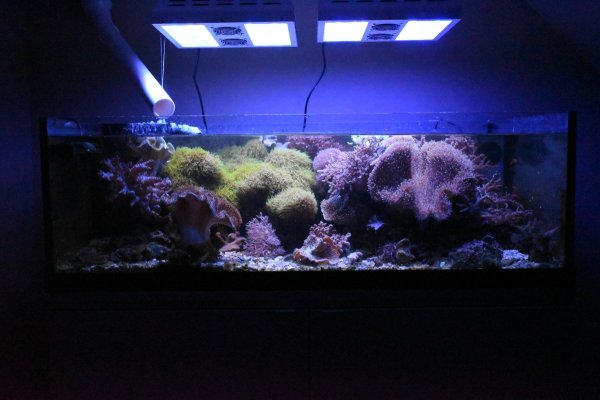I've always used a long plastic/rubbermaid type storage box ( 16" wide x 30" or so long, x 10" tall ,give or take a few inches either way ) and dumped 1/4 to 1/3 of a bag in it and run the garden hose in it like a sluice box. Having a slight hill to work on and almost a requirement for me is to do this on a hot day.For practical purposes, put 3 to 4 inches of sand in the bottom of a 5 gallon bucket. Stick a hose in the bottom, constantly move it around and rinse until the overflowing water is clear. You can do a pretty darn good job - not perfect, but really good. For a 20 lb sack of sand, I do 1/3 to 1/4 of the bag at a time.
With larger particle sizes, you can get the stuff almost perfectly clean.
This is not a good idea if your tap water is horrible and you are worried about what nasty compounds will bind to the aragonite.
I read this method from ReefmanRon a long time ago and it is the best that I have ever seen.
Seems like a pretty simple subject and not worthy of all this "science".




















